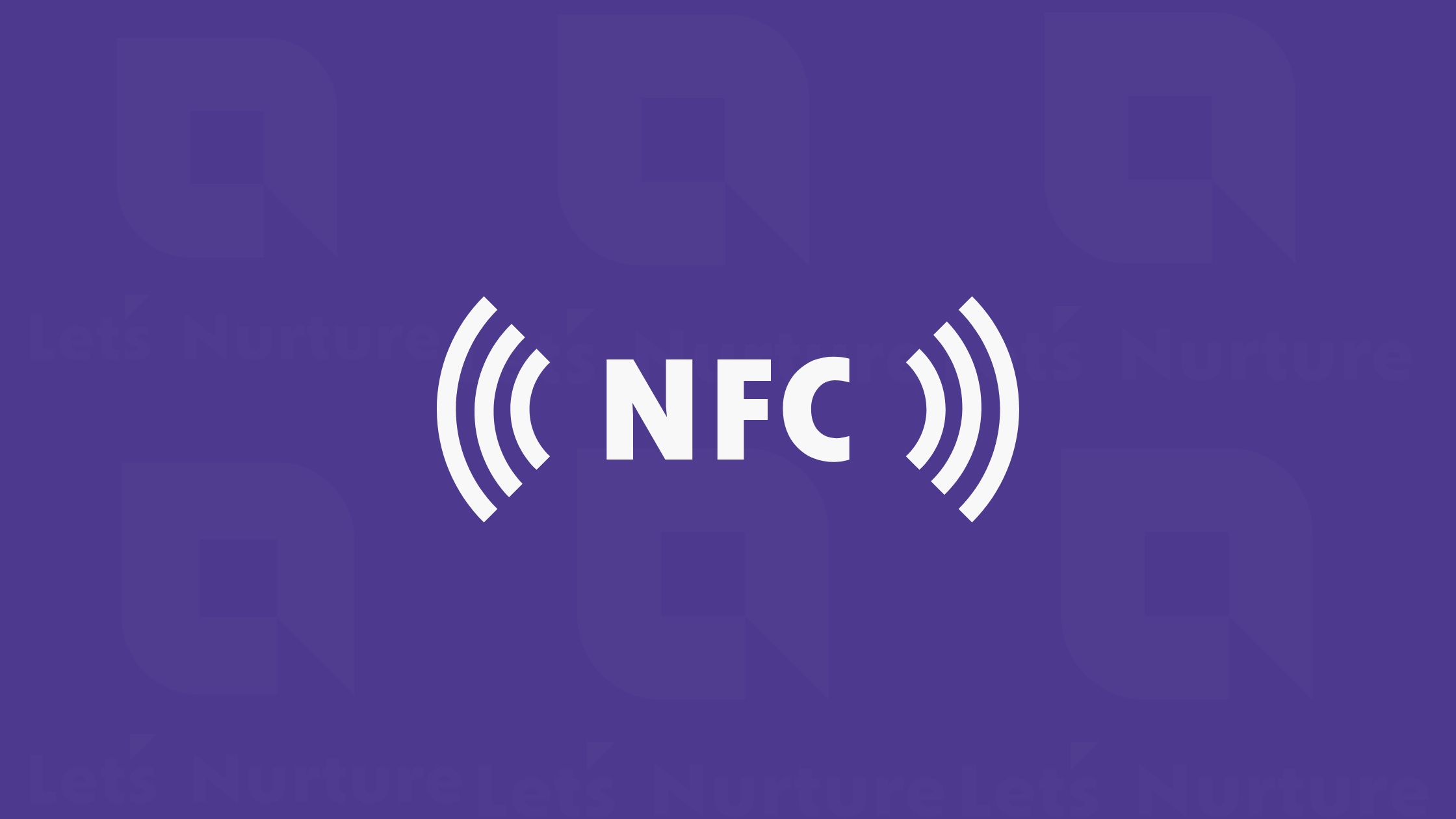- Tech Services

Concept Development
- Industry
- Emerging Tech
- Generative AI Hub
- Blog
- Contact Us

NFC App Development for Education: Enhancing Student Engagement and Learning
In Lets Nurture
17
Feb. 23956
VIEWSIntroduction
The era of Covid taught us the importance of digitization in the Education sector. Mobile devices, especially smartphones, facilitated the education process.
Technology is growing at the speed of light. One of the technologies that are constantly analyzed for their innovative use is NFC (Near Field Communication) technology. NFC technology is a short-range wireless technology playing a significant role in the information environment. NFC tries to harmonize today’s different contactless technologies, presenting current and future solutions such as payment, ticketing, access control, information collection and exchange, transportation, health care, social networking, and education.
NFC (Near Field Communication) technology is used in education to enhance student engagement and learning. With the world shifting to NFC-enabled systems, schools and universities must adapt to the changing environment.
Here we will discuss the future NFC app development in the education sector and its applications in enhancing student learning and engagement.
Scope of NFC in the Education Sector
The application of NFC technology in the education sector includes:
Attendance tracking: NFC tags can be used to record student attendance quickly and accurately without the need for manual sign-in sheets.
Interactive learning: NFC-enabled devices can access multimedia resources, such as videos and animations, to support hands-on, interactive learning experiences.
- Personalized education: NFC can be used to track student progress and provide personalized feedback, helping teachers tailor instruction to meet the needs of individual students.
- Assessment and testing: NFC technology helps us to create and deliver interactive evaluations, such as multiple-choice or short-answer quizzes, providing instant feedback to students.
- Resource access: NFC tags are placed on physical objects, such as textbooks or posters, to give students access to digital resources that complement traditional classroom materials.
- Classroom management: NFC can monitor student behavior and engagement in real-time, helping teachers understand which students may need additional support.
With the above applications, we can analyze how NFC technology is helping to improve the education sector by making learning more engaging, interactive, and personalized.
Future of NFC in Enhancing Student Engagement and Learning
The future of NFC in enhancing student engagement and learning is bright and offers many exciting possibilities. Here are a few ways in which NFC technology could impact education in the future:
- Further personalization: As technology evolves, NFC could collect more data about student behavior, learning styles, and progress, allowing teachers to personalize instruction further.
- Virtual and augmented reality: NFC could be used with virtual and augmented reality technologies to create interactive learning experiences, allowing students to engage with complex concepts in new and exciting ways.
- Gamification: Using the NFC technology, we can gamify the learning experience, making it more engaging and motivating for students.
- Distance learning: NFC could support distance learning, providing students with access to resources and assessments, even when physically absent in the classroom.
- Cross-disciplinary learning: NFC could create cross-disciplinary learning experiences, linking science, technology, engineering, arts, and mathematics (STEAM) subjects in new and innovative ways.
Overall, the future of NFC in enhancing student engagement and learning is bright, and technology can revolutionize how we think about education. By making learning more engaging, interactive, and personalized, NFC could create a new generation of motivated, curious, and well-prepared learners for the future.
Few Examples of NFC-Enabled Universities (Smart Universities)
NFC is used by Newham College of Further Education in London to track attendance, saving time that can be utilized for teaching and learning. When connected to back-office systems, the NFC creates data that can send out early warning signals about students who are having problems, assisting the college in taking action and retaining as many students as possible. Using NFC-enabled phones by Newham College of Further Education teachers has reduced paperwork and time spent tracking attendance and punctuality.
Central College Nottingham assists language students by organizing collaborative activities outside the classroom using NFC tags on posters. The posters connect to Toponimo, a location-based dictionary created by the Learning Sciences Research Institute at the University of Nottingham to aid in language learning. The college intends to set up an analytical system to evaluate the effectiveness and acceptance of these NFC smart posters.
Students at Villanova University in the United States can safely access dorms and academic buildings using an NFC-enabled mobile device. The idea behind this development at Villanova is that students want to participate in as many campus activities as they can using their phones.
Applications of NFC were employed by the University of Cordoba in Spain to teach students about the institution and let them schedule meetings with administrative personnel.
Source: Near-Field Communication Technology and Its Impact in Smart University and Digital Library: Comprehensive Study by Doaa Abdel-Gaber Abdel-Aleem Ali.
Conclusion
We are on the verge of entering the 3rd decade of the 21st century, and the world is filled with wireless connectivity solutions. There came a rapid increase in the demand and use of smartphones with ongoing wireless connectivity solutions. With the introduction of NFC has reformed the education industry.
In conclusion, NFC (Near Field Communication) has enhanced student engagement and learning by allowing for more interactive and personalized educational experiences. By using NFC-enabled devices such as smartphones and tablets, students can access educational content and multimedia resources, participate in interactive assessments, and receive real-time feedback. Additionally, NFC can be used for contactless attendance tracking, providing a convenient and efficient way for teachers to monitor student attendance.
This technology can also help teachers personalize learning and adapt instruction to meet the needs of individual students. NFC improves student engagement and learning by making education more dynamic, interactive, and accessible.




